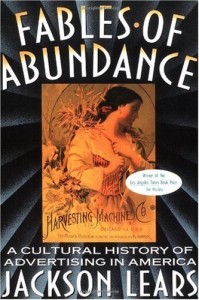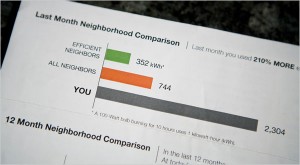 Before I read this story in the New York Times, it didn’t occur to me that milk and data centers would have much in common. In a nutshell, IT behemoth Hewlett Packard has calculated the biogas generated by manure from a 10,000 cow dairy operation could be harnessed to generate enough electricity to power a one megawatt data center.
Before I read this story in the New York Times, it didn’t occur to me that milk and data centers would have much in common. In a nutshell, IT behemoth Hewlett Packard has calculated the biogas generated by manure from a 10,000 cow dairy operation could be harnessed to generate enough electricity to power a one megawatt data center.
“Information technology and manure have a symbiotic relationship,” said Chandrakant D. Patel, the director of H.P.’s sustainable information technology laboratory, which wrote the report.
And that’s the key word – symbiotic. The natural world is typically portrayed as a zero-sum competition for survival, red in tooth and claw. But in truth it’s equally true that the natural world is a story of highly efficient symbiotic, win-win arrangements – just like the dairy farm co-generation scheme.
From bacteria in our intestines to birds hanging out with crocodiles, natural systems are an ongoing lesson in symbiotic efficiency with nary a niche going unexploited. Human systems need to get more symbiotic. We’ve blogged before on increased efficiency perhaps being a more pressing near term need than alternate energy. Co-generation is a concept that seems a symbiotic natural.
The first Wiktionary definition of co-generation is “the production of heat and/or power from the waste energy of an industrial process.” The city of Aalborg, Denmark provides an example. An agreement with Aalborg Portland, the largest producer of ready-mixed concrete in Scandinavia, delivers surplus heat from the factory’s cement production process to the city’s district heating system (itself a great way to boost building heating efficiency, but that’s another post), providing heat for some 30,000 homes.
On this side of the Atlantic, our client Wheelabrator launched the first large-scale, commercially successful waste-to-energy project in the United States in 1975 providing an effective way to drive a new efficiency into the existing waste disposal process. Today Wheelabrator has five such plants generating almost 230 megawatts of electricity annually.
And co-generation can scale down to the business or even the individual home with technology that seems a closer fit to the second Wiktionary definition for cogeneration: “The simultaneous or serial production of heat and electricity from the same source”.
The world is facing hard choices about energy sources and usage. The efficiencies of co-generation present an opportunity to get more out of things we’re already doing – like walking, for instance.



